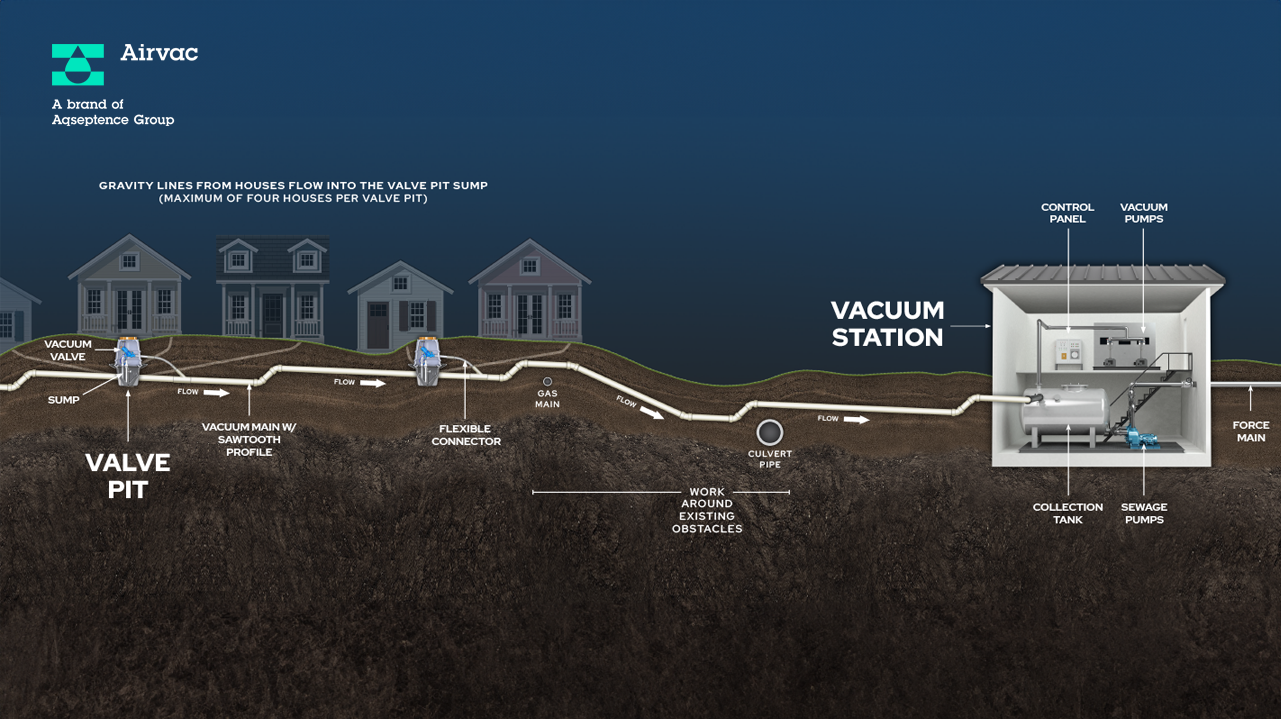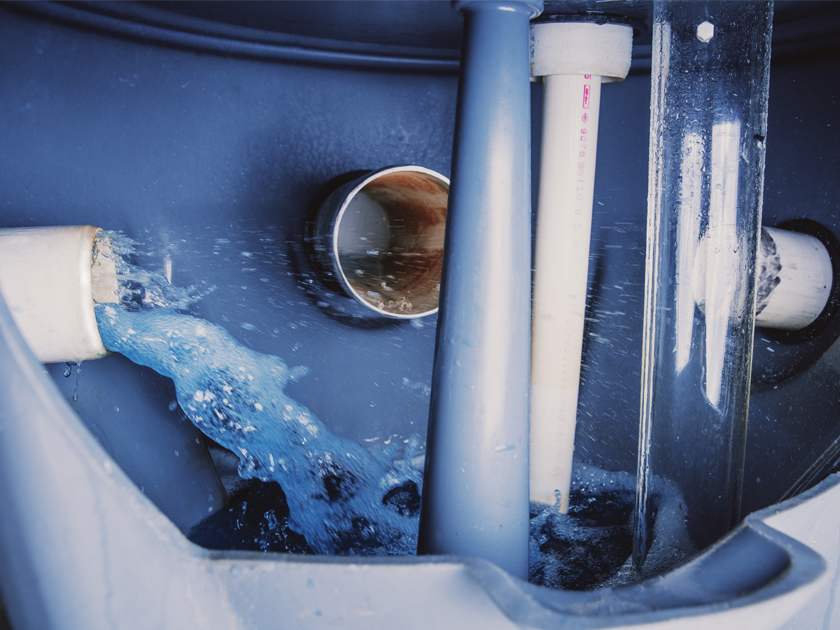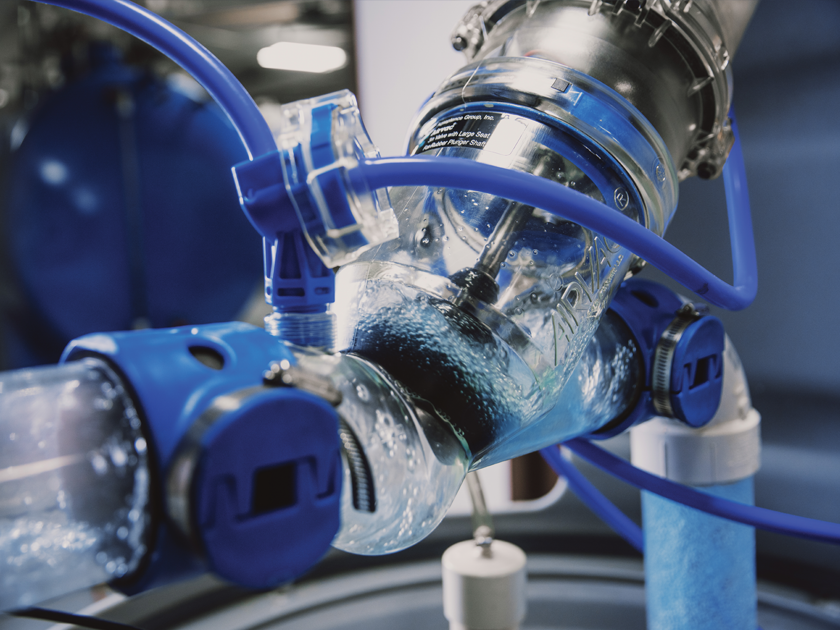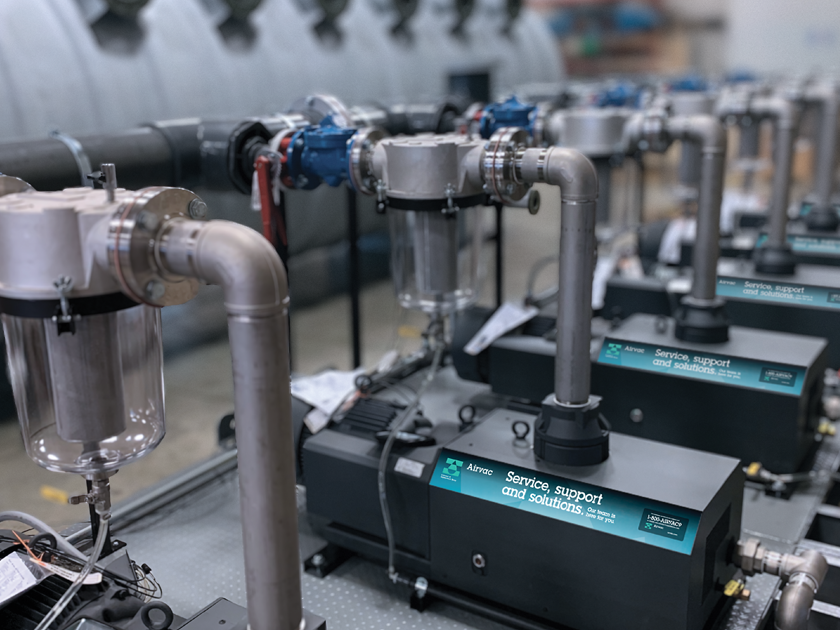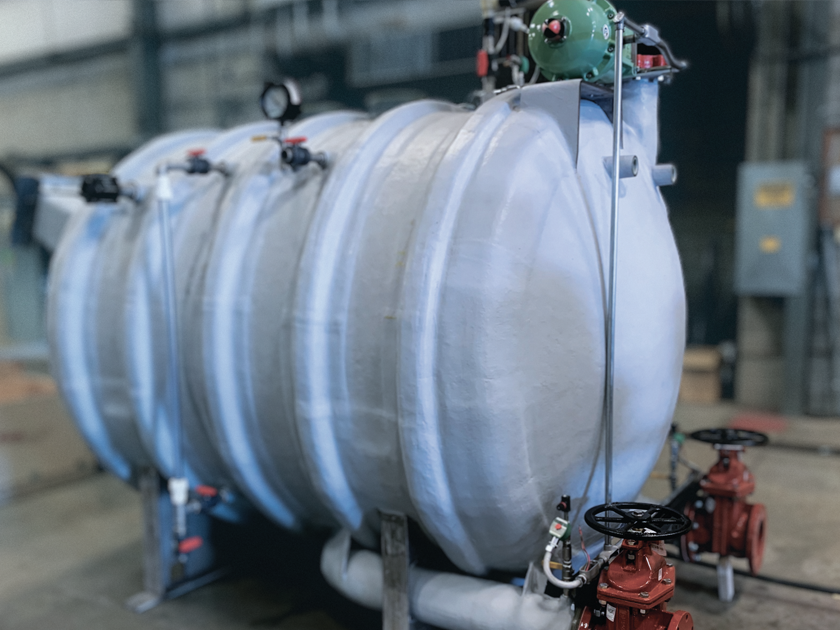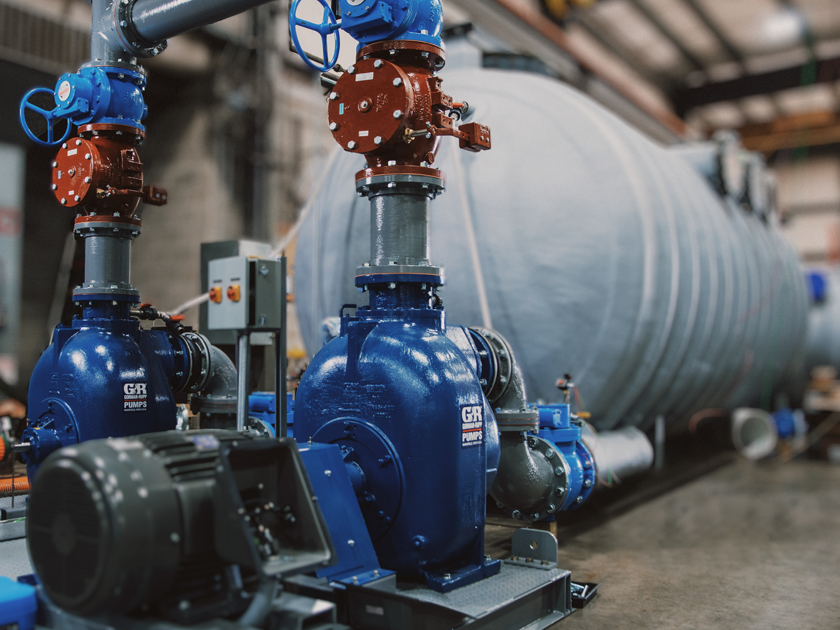Vacuum Sewers are especially beneficial in locations with subsurface challenges, such as high groundwater tables, unstable soils, or rocky terrain. Vacuum sewer systems provide a reliable solution for new land developments, helping developers address environmental concerns while optimizing space and infrastructure efficiency.
What is a vacuum collection sewer system?
A vacuum sewer system is an eco-friendly alternative for land developments and areas with failing septic tanks or aging gravity systems.
Vacuum Sewer Collection System Benefits
